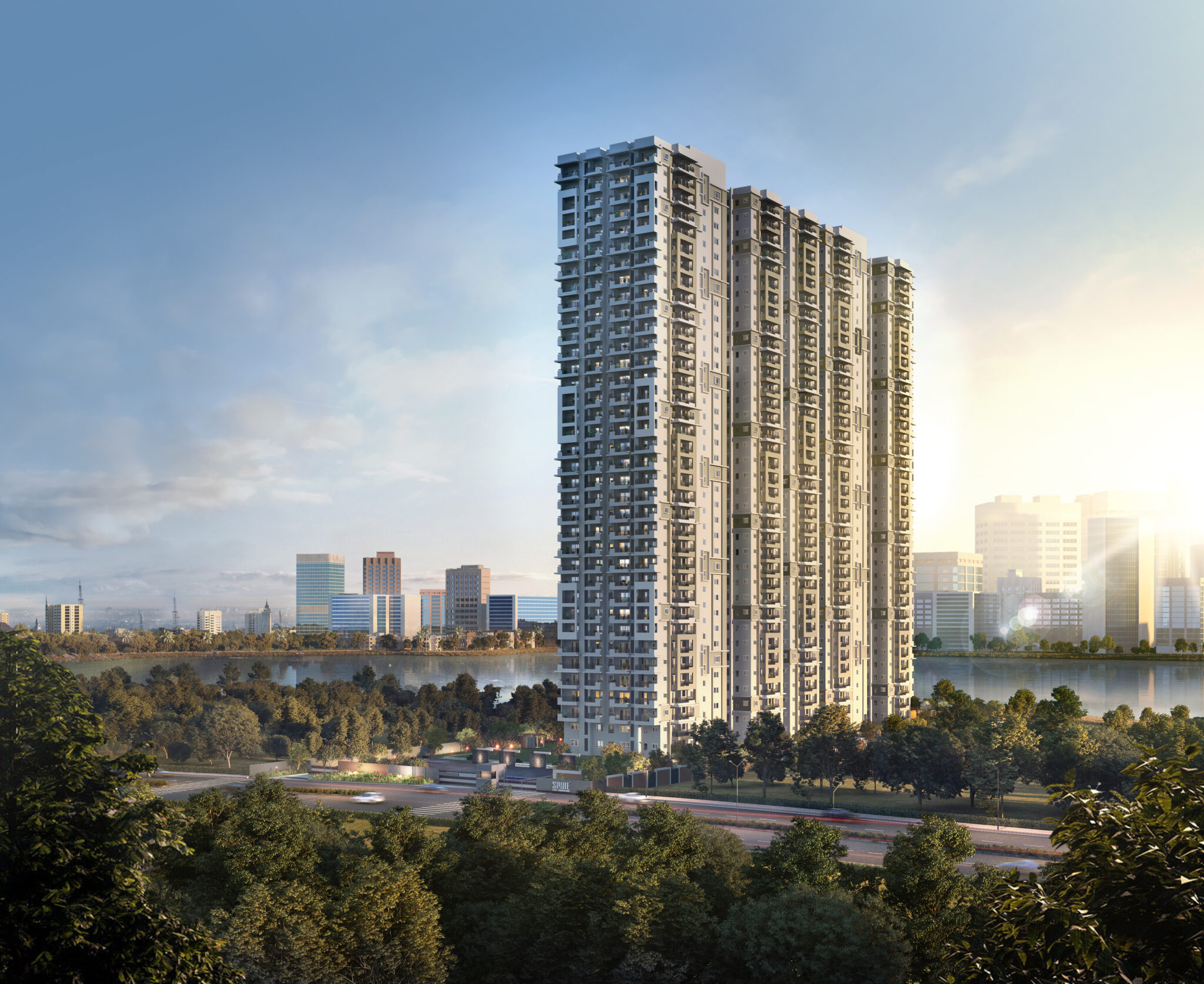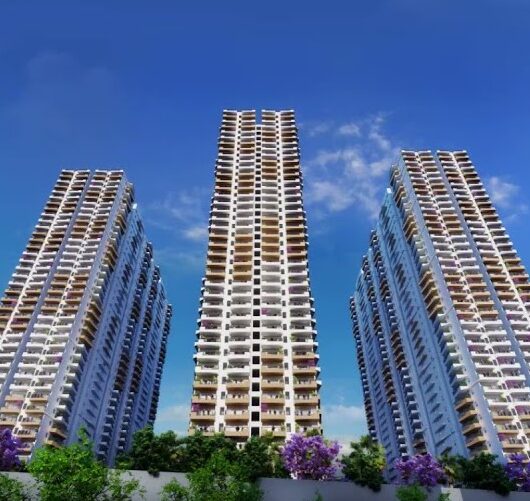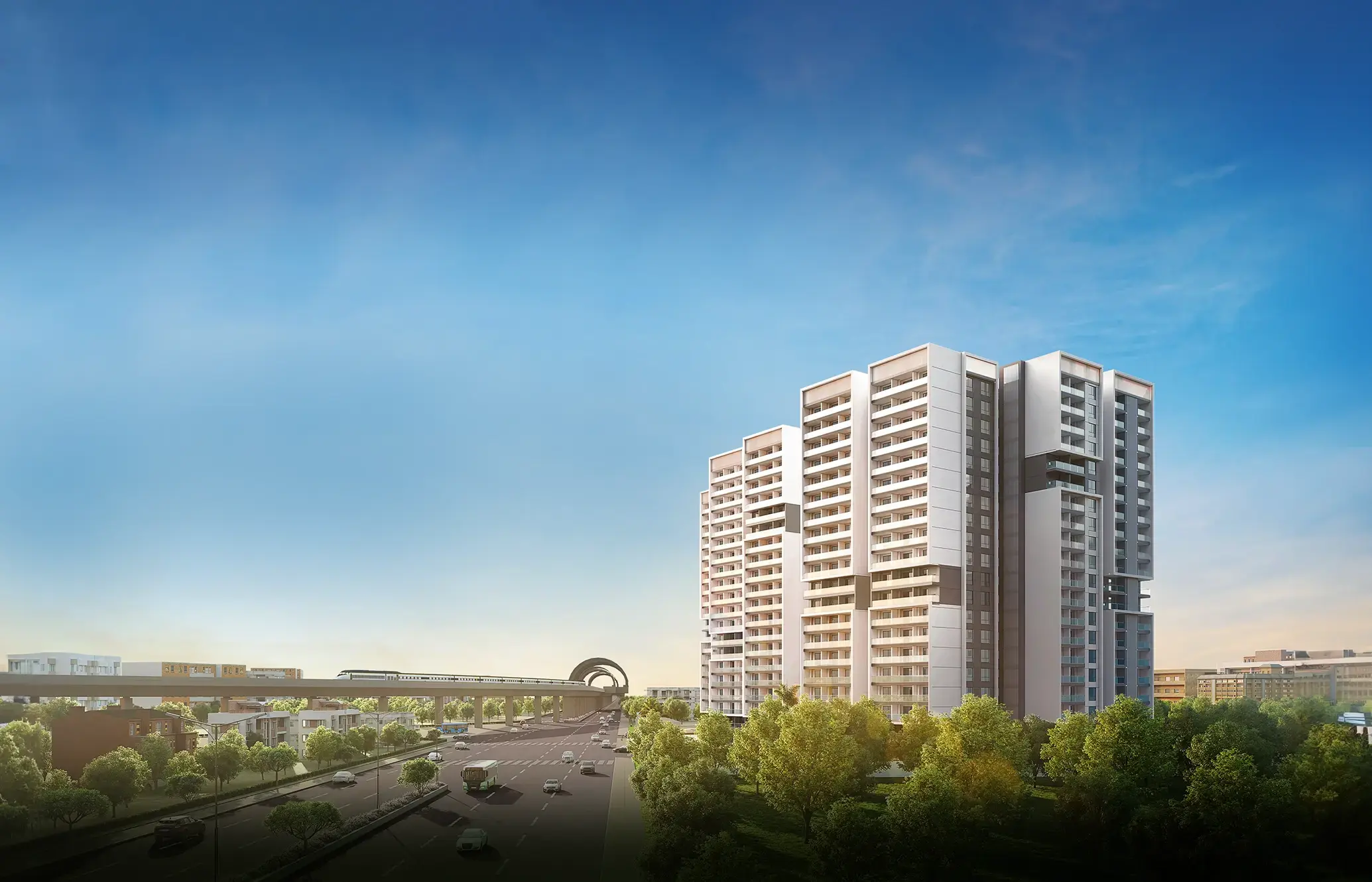Are SEZs Good for Real Estate Investment in India?

Special Economic Zones (SEZs) have been a cornerstone of India’s economic development strategy since 2006. These zones offer a haven for businesses with a bouquet of incentives like tax breaks, duty-free imports, and streamlined regulations. This fosters a business-friendly environment that attracts domestic and foreign companies, leading to increased investment, job creation, and exports. This economic activity spills over into the real estate market, creating potential opportunities for investors. However, like any investment, SEZ real estate comes with its own set of pros and cons.
Riding the Wave of India’s SEZs Boom

- High Rental Yields: A report by JLL India in 2023 suggests that Grade A office space in major Indian SEZs like Mahindra World City, Jaipur, and Sri City, Andhra Pradesh, commands rental yields between 8-10%. This is significantly higher than the national average of 6-8% for similar properties in non-SEZ locations. This translates to potentially higher and more stable income for investors compared to traditional real estate.
- Capital Appreciation Potential: A 2023 report by CBRE India revealed that property prices in established SEZs like Gurgaon and Noida have grown at an impressive rate of 10-12% per annum over the past decade. This capital appreciation can be a significant advantage for investors with a long-term investment horizon.
- Infrastructure Windfall: The development of SEZs is often accompanied by significant investments in infrastructure, including improved roads, power supply, telecommunication networks, and social amenities. This not only benefits businesses operating within the zone but also enhances the overall appeal of the area. This improved infrastructure can lead to increased property values for both commercial and residential properties surrounding the SEZ. For instance, the development of the Delhi Mumbai Industrial Corridor (DMIC) with several SEZs along its route is expected to drive significant real estate growth in the adjoining areas.
- The Facilities: SEZs are typically well-connected with road networks, facilitating easy movement of goods and people. Reliable power supply and adequate water facilities are ensured to meet the operational needs of businesses. SEZs contribute significantly to India’s GDP, with sectors like IT/ITES, manufacturing, and pharmaceuticals leading the way. These zones have created millions of direct and indirect jobs across various sectors, contributing to socioeconomic development.
- The certainty of no loss: Limited availability of land coupled with high demand from businesses has driven up property prices within SEZs. Investors have benefited from capital appreciation as SEZs develop and attract more businesses, thereby increasing the value of real estate holdings. Reports from real estate consultancies like Knight Frank and CBRE India highlight the positive growth trajectory of property prices within established SEZs across major cities like Bengaluru, Hyderabad, and Chennai.
- Unique and rare advantages: SEZs are strategically located near major cities and ports, providing businesses with access to domestic and international markets. SEZs in India are located near major consumption centres and ports, facilitating efficient logistics and market access. Businesses within SEZs benefit from streamlined customs procedures and trade facilitation measures, enhancing operational efficiency.
Regulatory and Policy Risks

Investing in Indian SEZs comes with regulatory and policy risks. Changes in government policies related to SEZs, such as amendments to tax incentives or land acquisition norms, can impact investment returns. SEZ units must adhere to stringent compliance requirements, which may involve navigating complex bureaucratic processes. Recent amendments to the SEZ policy framework have aimed to address some of these challenges, but regulatory uncertainties remain a concern for investors.
Infrastructure and Operational Challenges
Infrastructure and operational challenges can significantly impact business operations within SEZs, as well as investor confidence. One of the key issues is the delay or inadequacy of infrastructure upgrades. When projects aimed at improving infrastructure are postponed or poorly executed, businesses within the SEZ can experience interruptions, leading to inefficiencies in daily operations. This not only hampers productivity but also affects the long-term sustainability of companies operating in these zones.
Logistical constraints, particularly in transportation and connectivity, are another critical challenge. Efficient supply chain management is essential for businesses to function smoothly, but when transportation networks are unreliable or connectivity is limited, companies may face delays in receiving raw materials or shipping products. These inefficiencies can lead to increased operational costs, missed deadlines, and a loss of competitive edge in the market.
Additionally, these challenges can deter potential investors. Delays in infrastructure improvements or persistent logistical issues create uncertainty around the SEZ’s ability to support business growth. Investors may view such zones as risky, reducing their willingness to invest. Therefore, timely upgrades in infrastructure, efficient transportation, and improved connectivity are essential to sustaining business operations and fostering a favorable environment for investment within SEZs.
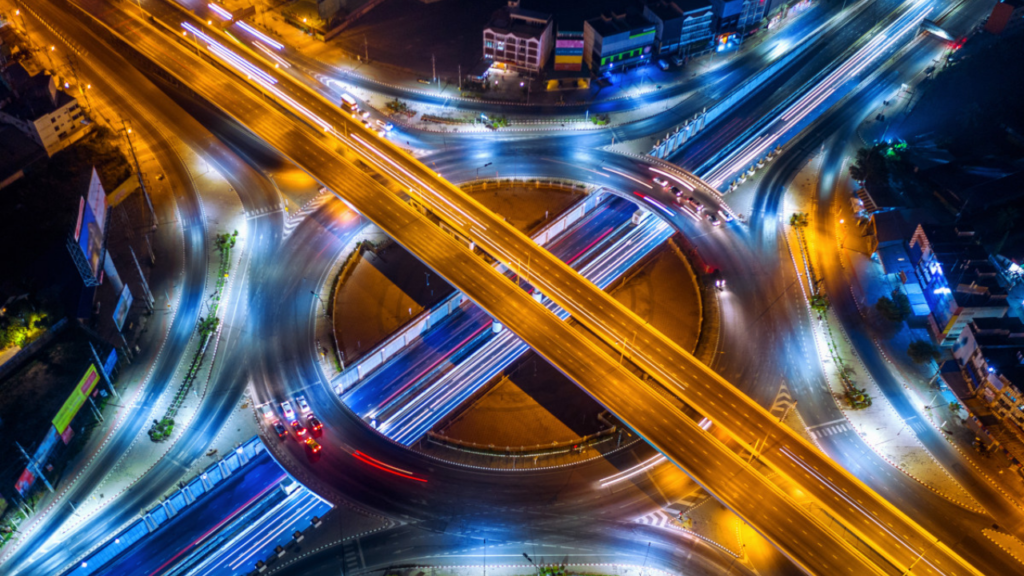
- Vacancy Risks and Sectoral Dependence: The success of Indian SEZs is heavily dependent on the overall economic climate and the specific industries they cater to. A slowdown in a particular sector, like IT or textiles, or a broader economic downturn could lead to business closures and vacancies within the SEZ, impacting rental income for investors. For example, several SEZs focused on manufacturing experienced higher vacancy rates during the initial years of the COVID-19 pandemic due to supply chain disruptions.
- Exit Strategy Hurdles: Compared to traditional real estate markets, SEZ properties, particularly niche property types like warehouses or manufacturing units, might have a smaller pool of potential buyers. This could make it more difficult to find buyers when you decide to exit the investment.
- Regulatory Uncertainty: Government policies and regulations surrounding SEZs in India can be subject to change. The introduction of the minimum alternate tax (MAT) in 2011 and the sunset clause for certain tax benefits impacted the attractiveness of SEZs for some companies. Investors need to be aware of these potential changes and their impact on the overall attractiveness of the SEZ for businesses, which can indirectly affect property values.
Data Points Highlighting the Indian SEZs Market
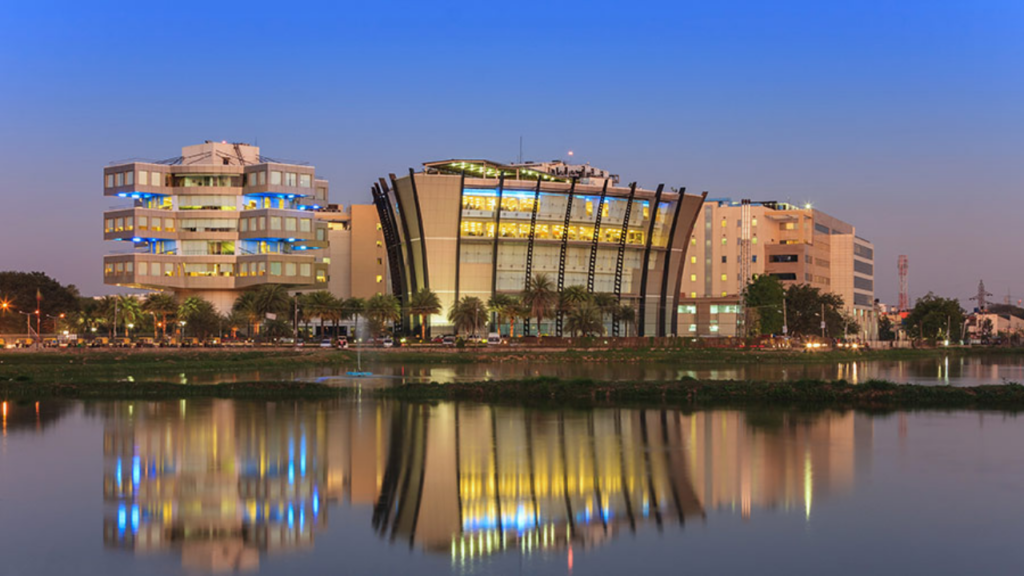
- As of March 2024, India boasts over 420 operational SEZs across various sectors like IT, manufacturing, and gems & jewellery. This extensive network creates a diverse market for SEZ real estate investors.
- A 2023 survey by FICCI (Federation of Indian Chambers of Commerce and Industry) revealed that over 75% of Indian businesses operating in SEZs are planning to expand their operations within the next two years. This highlights the growing demand for space within SEZs, potentially benefiting real estate investors.
- Tax Incentives and Benefits – Under the SEZ Act, 2005, units in SEZs enjoy a 100% income tax exemption on export income for the first five years, 50% for the next five years thereafter, and up to 50% of the profits reinvested for the next five years. SEZ units are exempt from customs duties and excise duties on goods procured domestically for production, operation, and development.
FAQs
Yes, some investors might consider options like Real Estate Investment Trusts (REITs) focused on SEZ properties. This allows for diversification and potentially higher liquidity compared to direct property ownership. However, a thorough understanding of the specific REIT structure and its underlying assets is crucial.
Subscribe to government publications and notifications related to SEZs. Connect with industry associations and attend relevant conferences or webinars. Monitor news sources and research reports from reputable institutions focusing on SEZ development.
This depends on the specific SEZ and its focus industries. Warehousing and logistics facilities are popular choices due to relaxed customs regulations and efficient infrastructure. Office spaces catering to multinational companies and manufacturing units within permitted sectors are also attractive.

